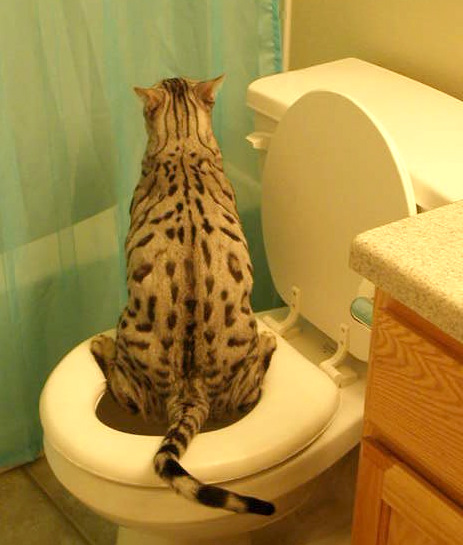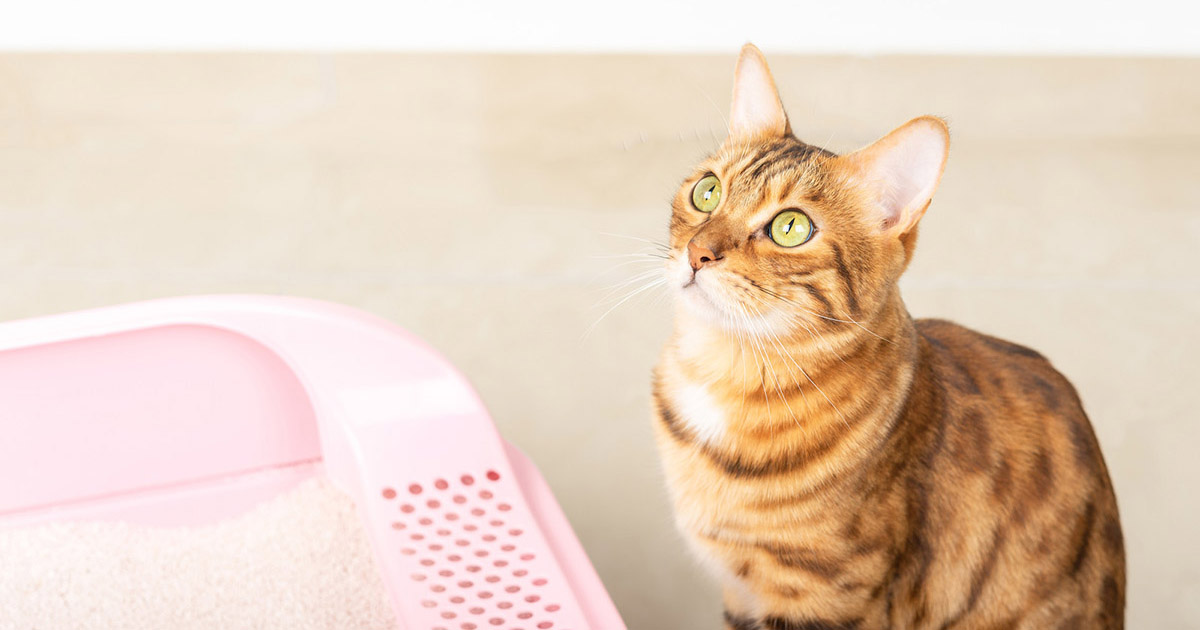Reasons You Should Never Flush Cat Poop Down Your Toilet - Critical Information
Reasons You Should Never Flush Cat Poop Down Your Toilet - Critical Information
Blog Article
What are your opinions about How to Dispose of Cat Poop and Litter Without Plastic Bags?

Intro
As cat proprietors, it's necessary to bear in mind exactly how we deal with our feline pals' waste. While it may appear hassle-free to purge pet cat poop down the commode, this method can have destructive consequences for both the atmosphere and human health and wellness.
Alternatives to Flushing
The good news is, there are safer and more liable means to get rid of cat poop. Take into consideration the adhering to options:
1. Scoop and Dispose in Trash
The most usual technique of getting rid of pet cat poop is to scoop it into an eco-friendly bag and throw it in the garbage. Make certain to make use of a specialized clutter scoop and take care of the waste quickly.
2. Usage Biodegradable Litter
Choose eco-friendly pet cat litter made from products such as corn or wheat. These trashes are eco-friendly and can be securely thrown away in the garbage.
3. Bury in the Yard
If you have a backyard, consider burying feline waste in a designated location away from veggie yards and water resources. Make certain to dig deep adequate to prevent contamination of groundwater.
4. Mount a Pet Waste Disposal System
Purchase an animal waste disposal system particularly made for cat waste. These systems make use of enzymes to break down the waste, minimizing smell and environmental effect.
Health and wellness Risks
In addition to ecological concerns, purging cat waste can additionally position wellness risks to people. Pet cat feces might include Toxoplasma gondii, a parasite that can cause toxoplasmosis-- a potentially extreme disease, specifically for pregnant ladies and people with damaged body immune systems.
Ecological Impact
Purging pet cat poop presents hazardous microorganisms and parasites into the supply of water, positioning a significant threat to aquatic communities. These pollutants can negatively affect marine life and compromise water top quality.
Final thought
Responsible animal ownership expands past giving food and sanctuary-- it likewise involves proper waste administration. By refraining from flushing pet cat poop down the bathroom and selecting alternative disposal approaches, we can minimize our ecological footprint and safeguard human wellness.
Why Can’t I Flush Cat Poop?
It Spreads a Parasite
Cats are frequently infected with a parasite called toxoplasma gondii. The parasite causes an infection called toxoplasmosis. It is usually harmless to cats. The parasite only uses cat poop as a host for its eggs. Otherwise, the cat’s immune system usually keeps the infection at low enough levels to maintain its own health. But it does not stop the develop of eggs. These eggs are tiny and surprisingly tough. They may survive for a year before they begin to grow. But that’s the problem.
Our wastewater system is not designed to deal with toxoplasmosis eggs. Instead, most eggs will flush from your toilet into sewers and wastewater management plants. After the sewage is treated for many other harmful things in it, it is typically released into local rivers, lakes, or oceans. Here, the toxoplasmosis eggs can find new hosts, including starfish, crabs, otters, and many other wildlife. For many, this is a significant risk to their health. Toxoplasmosis can also end up infecting water sources that are important for agriculture, which means our deer, pigs, and sheep can get infected too.
Is There Risk to Humans?
There can be a risk to human life from flushing cat poop down the toilet. If you do so, the parasites from your cat’s poop can end up in shellfish, game animals, or livestock. If this meat is then served raw or undercooked, the people who eat it can get sick.
In fact, according to the CDC, 40 million people in the United States are infected with toxoplasma gondii. They get it from exposure to infected seafood, or from some kind of cat poop contamination, like drinking from a stream that is contaminated or touching anything that has come into contact with cat poop. That includes just cleaning a cat litter box.
Most people who get infected with these parasites will not develop any symptoms. However, for pregnant women or for those with compromised immune systems, the parasite can cause severe health problems.
How to Handle Cat Poop
The best way to handle cat poop is actually to clean the box more often. The eggs that the parasite sheds will not become active until one to five days after the cat poops. That means that if you clean daily, you’re much less likely to come into direct contact with infectious eggs.
That said, always dispose of cat poop in the garbage and not down the toilet. Wash your hands before and after you clean the litter box, and bring the bag of poop right outside to your garbage bins.
https://trenchlesssolutionsusa.com/why-cant-i-flush-cat-poop/

I'm just very eager about How to Dispose of Cat Poop and Litter Without Plastic Bags and I hope you enjoyed reading my piece. Sharing is nice. You never know, you may be doing someone a favor. We truly appreciate reading our article about Can You Flush Cat Poo or Litter Down the Toilet?.
Schedule Service Report this page